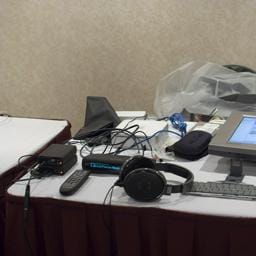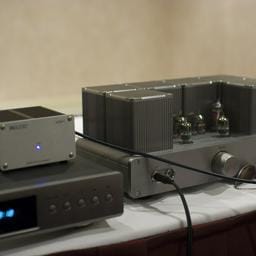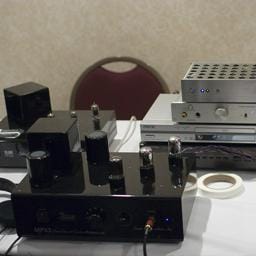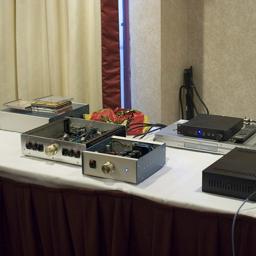Switch complete
Today I have officially completed my switch from Windows to the Mac for my personal stuff. The last remaining tie that bound me to the boys from Redmond was my Canon DR-2080C document scanner, which does not have drivers for Mac OS X. I have now replaced it with a Fujitsu fi-5110EOX2 and the excellent translated Japanese driver for OS X (shame on Fujitsu for not releasing the English version, despite their presence at MacWorld 2005).
My ultimate goal is the elusive paperless office. I would like to scan to PDF and shred all my paperwork, apart from that required for legal reasons like pay stubs, invoices and important documents like diplomas and property titles. Electronic documents are easier to file, faster to retrieve, backed up more reliably for disaster recovery purposes, and take far less bulk. The fact I had to reluctantly boot up my PC to scan in batches runs counter to the streamlined workflow advocated by efficiency experts like David Allen of Getting Things Done fame.
My first computer was an Apple II, the first computer I bought with my own money was a Macintosh Plus, but as I became a hard-core UNIX user, the limitations of the old Mac OS became all too apparent. I once had to write a program in Think C using low-level disk I/O primitives to do a simple task that could be handled by a shell one-liner, to batch rename TeX font files as System 6 did not have a shell or AppleScript, and I could not afford MPW back then. I decided I would not go back until Apple came up with an OS with robust UNIX underpinnings like NeXTstep. When OS X was first released, I bought an iBook, which was followed by an iMac G4 (ordered the very day it was announced, and which now serves as a video conferencing terminal at my parents’ place). The Macs were intended to be auxiliary machines, my primary home computers being a fast Windows box used for digital photography and games, and a dual-processor Solaris machine.
The PCs were in my bedroom, the iMac in my living room, as it is an elegant artifact that does not look out of place there. It also wakes up from sleep instantly, making it the ideal machine for quick web or email use. I began to notice I was increasingly using the Mac for real work, and started to evince an almost physical reluctance to boot up the Windows machine, even though the iMac was significantly slower. The noise and unreliability of the PC probably accounted for much of this (flaky ATX power supplies and motherboards). I had also never managed to get Adobe Premiere running smoothly to edit video, and iMovie+iDVD just work.
The logical next step was to upgrade to a full-featured PowerMac, which I did in June of last year. It thus took me over a year to complete the migration, despite being very knowledgeable about both platforms. The hardest items to switch were not the usual suspects like Microsoft Office — Office is fully supported on the Mac and I have a license, even though I never use it and haven’t even bothered to reinstall it after upgrading to Tiger. No, the two hardest applications to switch from were IMatch and the document scanning. Kavasoft’s amazing Shoebox has all the power of IMatch but a far superior user interface (I will post a review Real Soon Now).
What use is left for the PC? For now, games, although even this will disappear in Spring of 2006 when the HDTV-capable PlayStation 3 is released.














